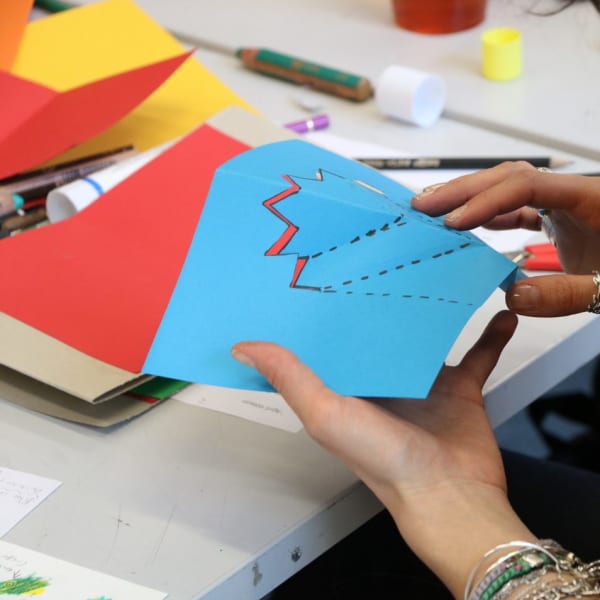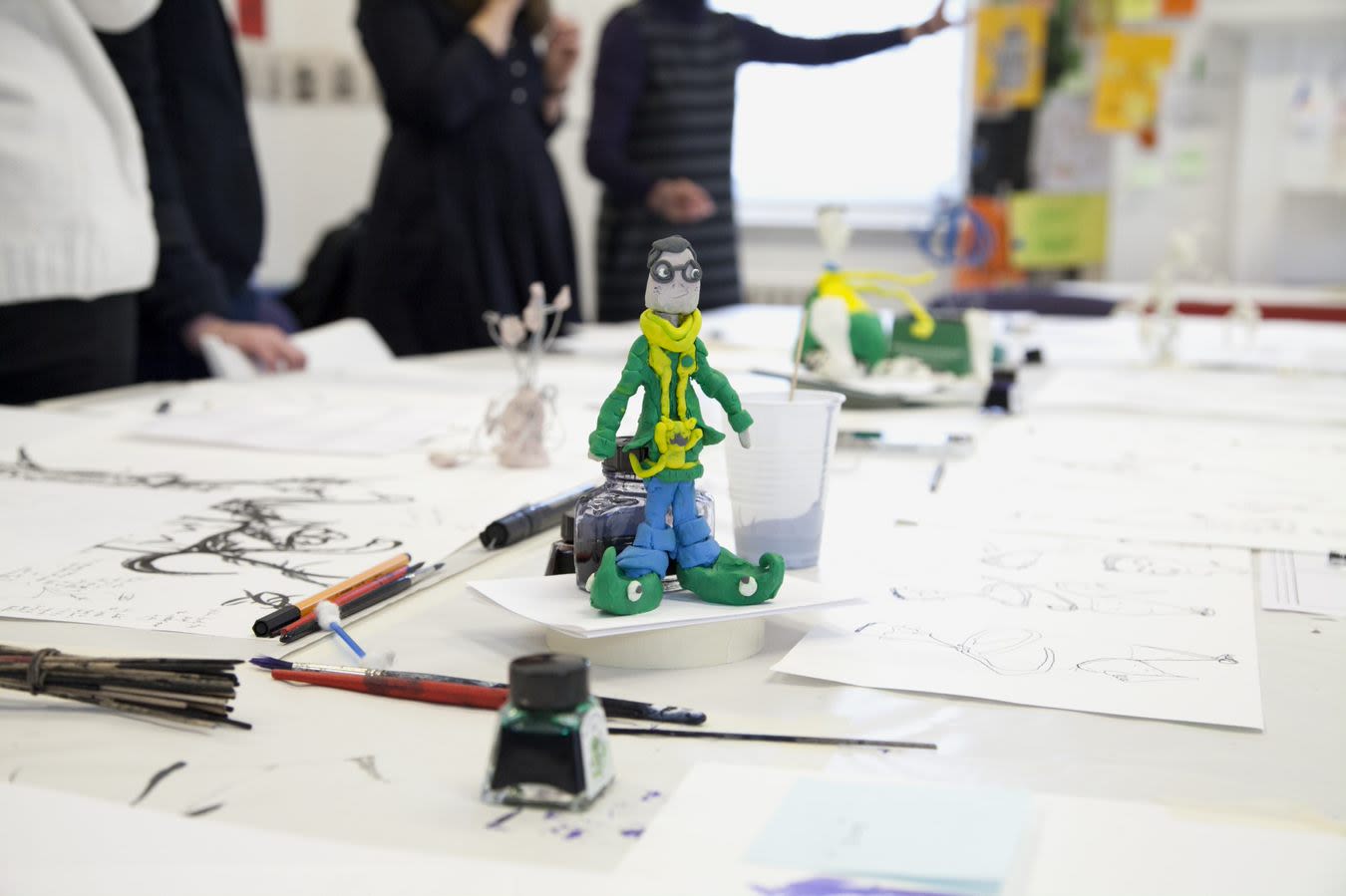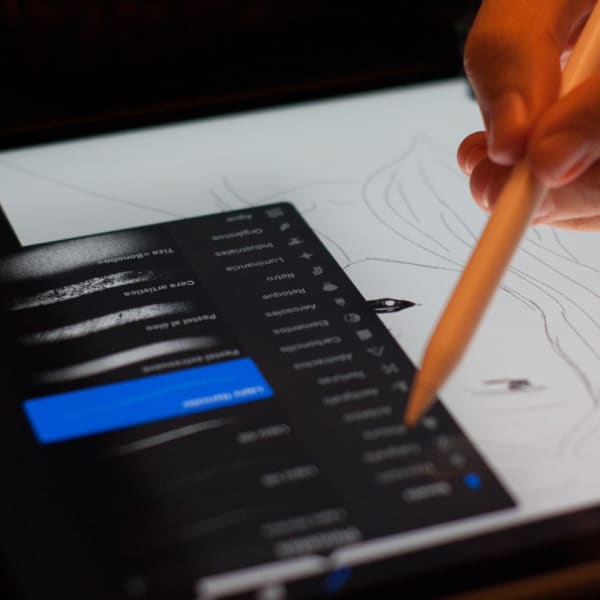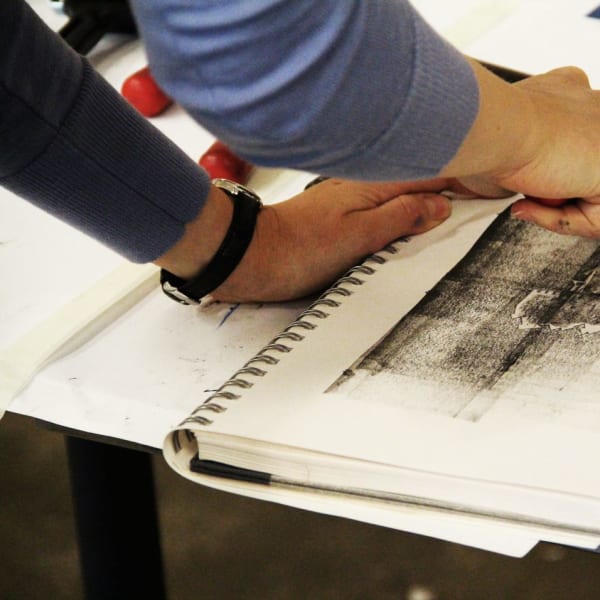
How to become an illustrator

- Written bySean Hawkey
- Published date 04 December 2021

So you want to start your career as an illustrator?
It’s an exciting creative industry with a multitude of paths from children's books to product design the opportunities are endless. Illustrators tell stories through their artwork, with a given brief you draw, paint or sketch to convey a story with emotion, colour and imagination.
Here are 6 things to consider when you set out to build your new creative career.
1. Learning the fundamental skills
Getting the basics down now will propel you into those early entry level jobs and give you more confidence in taking on the variety of work that will be thrown at you. Learn to use different mediums from digital to analogue and you will be well on your way to starting your first commissions. Figuring out where to start is difficult, but don’t let that deter you. Whether you are a freelance illustrator just starting out or you’re work for a leading design agency, you just can’t skip this.

2. Exploring all paths
There are many kinds of paths to take to become a successful illustrator; commercial illustration, digital illustration, fashion illustration, book illustration, or even courtroom illustration. You may have an idea of the way you want to go, but by testing every path you may find there is something you enjoy more than you thought. A good way of exploring new ideas is finding a creative community that pushes you to be imaginative. The internet is vast and there are other creatives just like you who want to share knowledge and push you to be the best you can be. Find the ways of working that you enjoy.
Creating a Digital Illustration - Tina Touli | Short Courses
3. Finding your style
Experiment with every medium, format, style until you find what works for you, because when it comes to finding work people want to see your personality. It’s what separates you from the bunch. Finding out what makes you - you, is not as easy as you might think. But the key is experimentation. As you develop as an illustrator you may find yourself naturally drawn to a certain style or a few, if you can pinpoint your illustration style and allow it to develop and flourish, you’ll be memorable, unique and it will help you draw in new clients. This process is long but can be incredibly rewarding. Don’t force yourself into a style when it may quickly change the more you work.
4. Keeping creative
The only way you will build your skills and experience is by illustrating. Finding the time to practice is vital for improvement and to keep your brain in that mode. If you find you're in a lull, try something new and don’t feel you need to push yourself, especially not in one direction. You can still be creative without needing to put pencil to paper for 8 hours a day.
5. Getting noticed (don't be shy!)
Share every bit of work you are proud of - make use of social media and other platforms to get your work out there. Putting your work in front of the right people is key, and for that, you need to know what people you are trying to reach. Narrowing your focus to the audience you want is one of the most difficult challenges creatives face. But to have a successful, actionable strategy, it’s vital.
Working as a freelance illustrator can be extremely competitive so it’s incredibly important to have a strong illustrator portfolio that you are proud of and that represents you. Get it in front of as many people as you can. Lots of illustrators send out items with their artwork on them, post cards, print or even via email. Do your research, know where you want to go and what work you want to be doing, and then build your portfolio directed to those topics.

6. How a short course in illustration could help you reach the next step
From whatever level you are at, learning new things will not only help you build those essential skills, but also bring new ways of thinking, new inspiration and new people into your creative work. You may be wondering if education is the path for you and looking to see if you need to get a degree in illustration. Many illustration artists have gone this route, but some don’t have time to commit to a full university degree. UAL Short Courses allow you to find your niche and work the way you want to work with the support of the No.2 Art and Design University in the World.
We've put together some personal accounts from our short course students on how doing a short course in illustration has helped them find their style, develop confidence in their abilities and helped them on their path to forging a career in the industry.
It's never too late to change career : Book Illustration
------
If you think a short course in illustration might be just what you need to get started, visit out upcoming short courses information page where you will find short courses, both online and in-person, that are taking place in the coming months.


